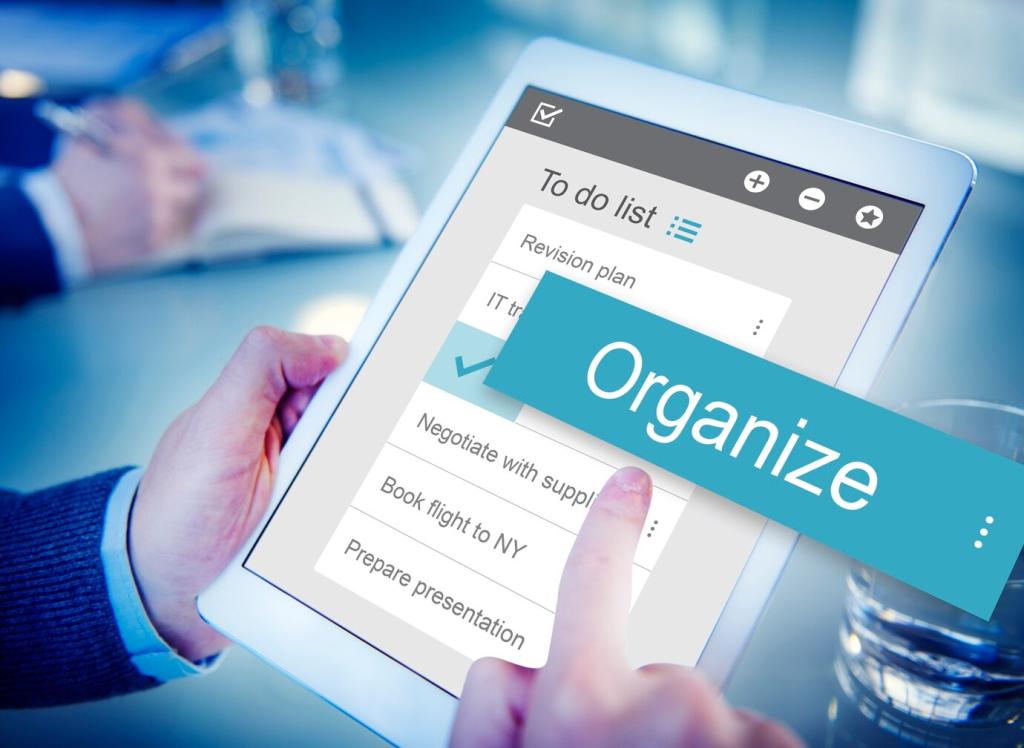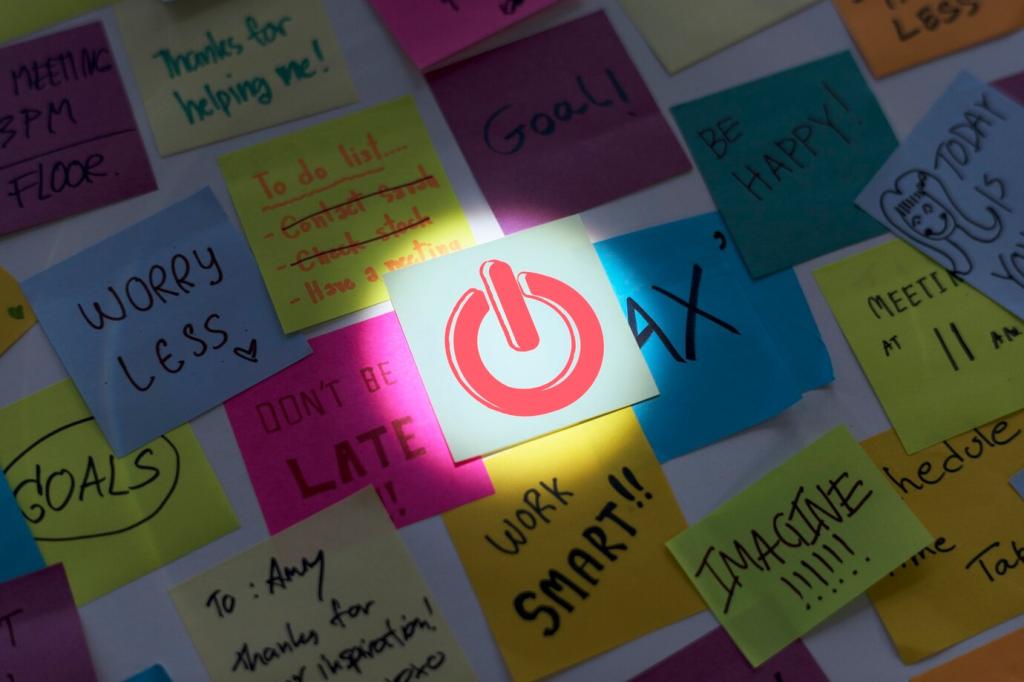The Role of Usability Testing in Mobile App Development
Welcome! Today we explore the role of usability testing in mobile app development, where real people shape better products. Expect practical advice, honest stories, and field‑tested tactics you can use this sprint. Enjoy the read, share your questions in the comments, and subscribe for fresh insights on mobile usability every week.



Why Usability Testing Matters in Mobile App Development
Early usability testing exposes confusing labels, hidden gestures, and dead‑ends while fixes are still cheap. A single session can reveal patterns that would later trigger support tickets, negative reviews, and rushed hotfixes. Catching friction early saves budget, time, and team morale.
Why Usability Testing Matters in Mobile App Development
Stakeholders live inside the product story; users live outside it. Testing bridges that gap with observable behavior, not opinion. You watch as thumbs miss targets, tooltips go unread, and flows feel longer than intended. Evidence defuses debates and aligns teams around user needs.
Choosing the Right Usability Testing Methods for Your App
Moderated or unmoderated testing
Moderated sessions uncover the why behind behavior through gentle probing and observation. Unmoderated tests scale quickly, validating flows across devices and contexts. Many teams start moderated for depth, then run unmoderated for breadth to confirm patterns and edge cases.
Remote or in‑person sessions
Remote testing mirrors real environments, including spotty networks, one‑handed use, and distractions. In‑person sessions help observe posture, grip, and thumb reach. Choose based on your questions, and remember to capture device type, screen size, and accessibility settings.
Fast, tactical methods when time is tight
Use guerrilla tests in a cafe, hallway intercepts at your office, or five user spot checks after demos. Even quick think‑alouds with non‑experts reveal clarity issues. Share your fastest effective method, and we will spotlight a few reader tips next week.

Designing a Strong Test Plan Aligned to Product Goals
Objectives, hypotheses, and success criteria
Write clear objectives tied to business outcomes, like improving activation or reducing drop‑off in onboarding. Draft hypotheses about specific screens, gestures, or copy. Define success criteria ahead of time so findings translate directly into decisions instead of vague impressions.


Recruiting representative participants
Recruit users who reflect real contexts: device diversity, hand dominance, accessibility needs, languages, and network conditions. Screen for familiarity with similar apps to avoid bias. Incentivize fairly, and protect privacy. Ask readers which recruitment channels bring their best matches.
Running Sessions Smoothly, Ethically, and Without Bias
Introduce yourself, set expectations, and reassure participants there are no wrong answers. Ask them to hold the device as they normally would. Sit aside to avoid looming, and keep prompts neutral. Silence is powerful; let users think, explore, and make genuine mistakes.

From Findings to Roadmap: Analysis and Prioritization
Cluster observations, quotes, and metrics into themes that tell a coherent story. Patterns around navigation, copy clarity, gestures, or error states often emerge quickly. Invite cross‑functional teammates to help, building shared understanding and commitment to fixes.


Stories from the Field: Usability Wins in Mobile Apps
A finance app saw users stall on a permissions screen. Testing revealed confusing copy and an overloaded button. After simplifying language and splitting steps, completion rose significantly, and support tickets dropped. The change shipped within a sprint thanks to decisive evidence.
Stories from the Field: Usability Wins in Mobile Apps
Sessions with low‑vision participants showed tiny tap targets and poor contrast on key actions. Designers increased target sizes, improved contrast, and added better focus states. Ratings improved, complaints decreased, and more people could bank confidently on the go.
